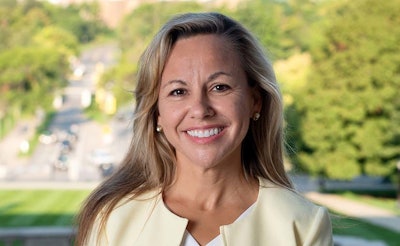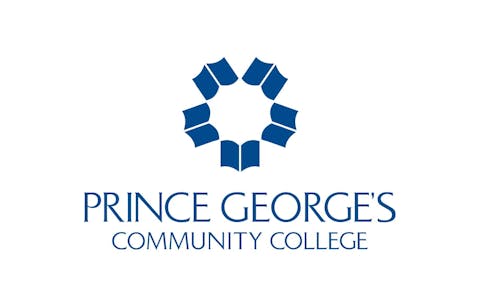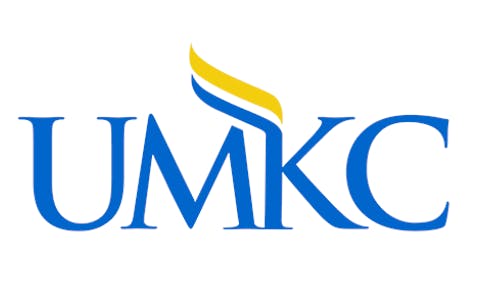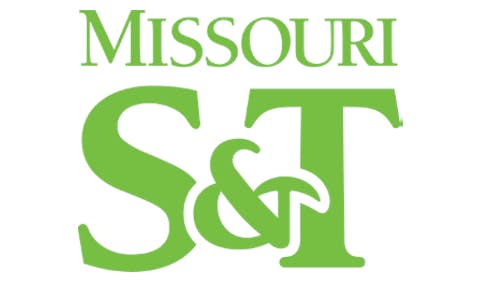As a first-generation college student and immigrant, I didn’t always feel that I belonged in higher education. But I had faculty and mentor support that empowered me to become the best version of myself in a new and different environment. Throughout my career in academia, three things that have always been at the forefront in my thinking are access to higher education, social mobility and social justice.
Now as president of St. Edward’s University, a private, Catholic liberal arts college in Austin, Texas, I want to offer that transformative education to others. But the dream of college has become further out of reach for low- and moderate-income students due to rising costs and the economic strain of the pandemic.
We need to urge our lawmakers to double the Pell grant to ensure access and affordability across higher education. The Pell grant program, which will mark its 50th anniversary this June, distributes need-based federal funding to nearly 7 million students each year, mainly undergraduate students from low-income families earning $50,000 or less. Fifty years ago, the Pell grant covered more than three-quarters of the cost of attending a four-year public college, but it now covers less than one-third of those costs.  Dr. Montserrat Fuentes
Dr. Montserrat Fuentes
As of January, legislators have proposed various increases to the Pell Grant program. President Biden recently proposed to increase the Pell Grant by $2,000 and it can be expected that it will be in his (FY) 2023 budget request.
There is also a $400 increase in the proposed fiscal year (FY) 2022 appropriations bill. Additionally, there is a proposed $550 increase to Pell for four years included in the current version of the Build Back Better Bill, as well as a proposal in the federal Pell Grant Preservation and Expansion Act that would more than double the maximum annual Pell Grant award from $6,495 to $13,000 over the next five years and expand access to Dreamers.





















